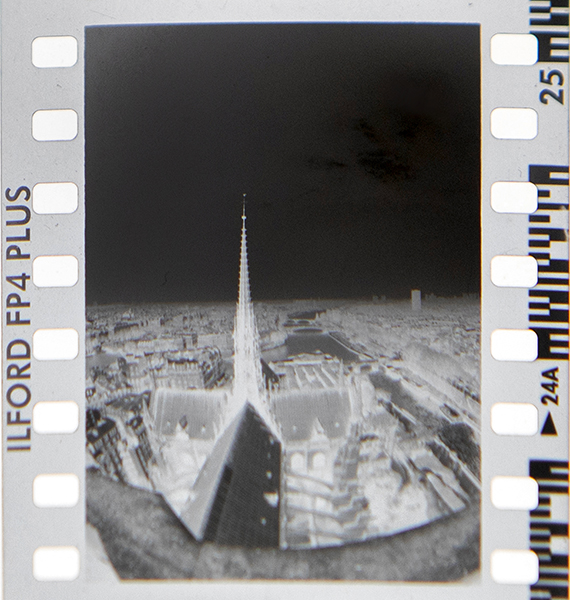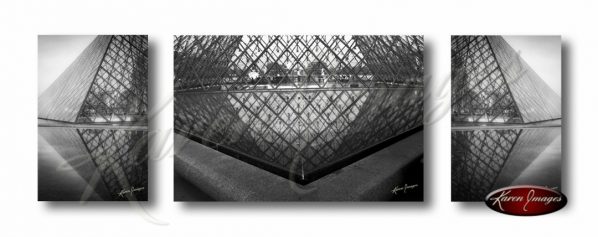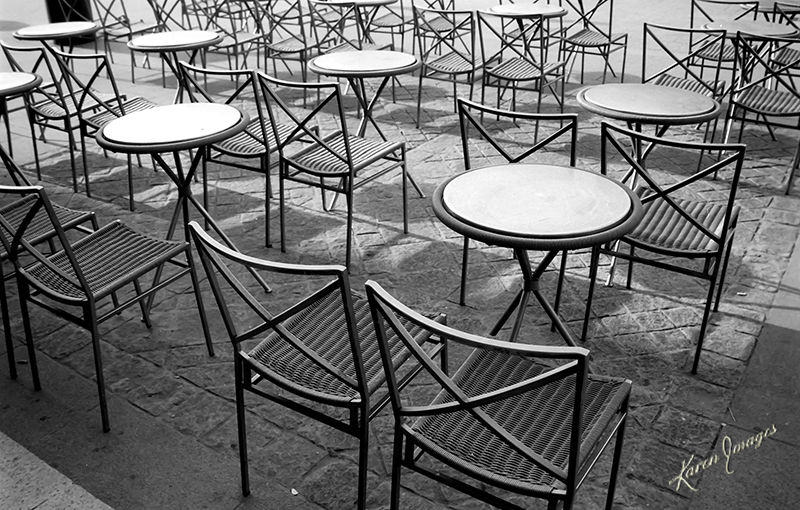What is a Real Fungible Token

As an entrepreneur, Troy Burns is a creative marketer and innovator. The rise of NFTs caught his attention as he thought about the print which survived the recent flood at the storage facility where it was housed. With agreement reached on the reconstruction of Notre Dame de Paris the couple began contemplating a path to sell the image to help return the spire of Notre Dame over the Seine once again.
A NFT is “Non-Fungible,” a unique digital asset that cannot be subdivided or replaced by another like item. The ownership of the file in the blockchain is the token providing its value. Another NFT characteristic is an artist’s royalty on the resale of the NFT.
A silver gelatin print from a film negative is a tangible item, it is real. When you buy a fine art photograph you are buying a fungible item, it can be duplicated or replaced with the use of the negative. Title 17 US copyright law grants copyright protection to the creator when the image is recorded by the film or a sensor. Because of the rights conveyed to the creator of a photograph, the creator holds exclusive rights to sell, publish, reproduce, or license the image.

Fine art photographers sell prints of a photograph and retain the negative and right to sell additional copies of the photograph. This prevents fine art photography from having a value comparable to non-fungible works of original art. The silver gelatin print featured in Atlanta is the only print ever produced in the size 18″x22″ (framed 30″x35″). Because they sold works from a large portfolio, only a few small prints with different crops were made. Duplication and licensing of the print is illegal under copyright law. A print can be enjoyed for its beauty, or sold. The negative of the image is different. It is the token that mints a RFT without any need for a blockchain. Rights of reproduction of the RFT are tied exclusively to the negative.
Due to rights granted by US copyright law, when a negative is sold with the rights of publishing, licensing, and resale, the negative becomes the tangible token providing the full value of a fine art silver gelatin print to a buyer of a RFT. When a photographer bundles a negative with rights of publishing the photographer has sold their ability to make additional silver gelatin prints from the negative. Only the owner of the negative can produce another silver gelatin print. This gives the buyer the right to scan the negative, print, and sell silver gelatin prints or sell the original print from Atlanta and keep the negative making the RFT separable. The owner of the RFT can also sell the negative or destroy it so no other copies can ever be made. US copyright law establishes the photographer as the creator who maintains the copyright and licenses rights of reproduction in perpetuity to the buyer. Like the creator of a NFT, the copyright owner of a RFT is granted an artist’s royalty on any sales or transactions of the copyrighted work.
Because of Title 17 US copyright law, when a photographer/creator combines a fungible print with the negative that printed it, rights of reproduction or destruction, and the artist’s royalty, they have minted a Real Fungible Token—a RFT.

What is an RFT Worth?
Like any work of art, an RFT is worth whatever anyone is willing to pay for it. For example, it can sell for $10,000,000, $10, or not at all, based upon the transaction that conveys ownership. In an auction house, it is the quality and desire of the audience bidding that defines its worth and nothing else. If the audience is millionaires it may be worth thousands. If the audience is billionaires it may be worth millions. The value of the RFT is ultimately determined by the audience bidding on the RFT.
